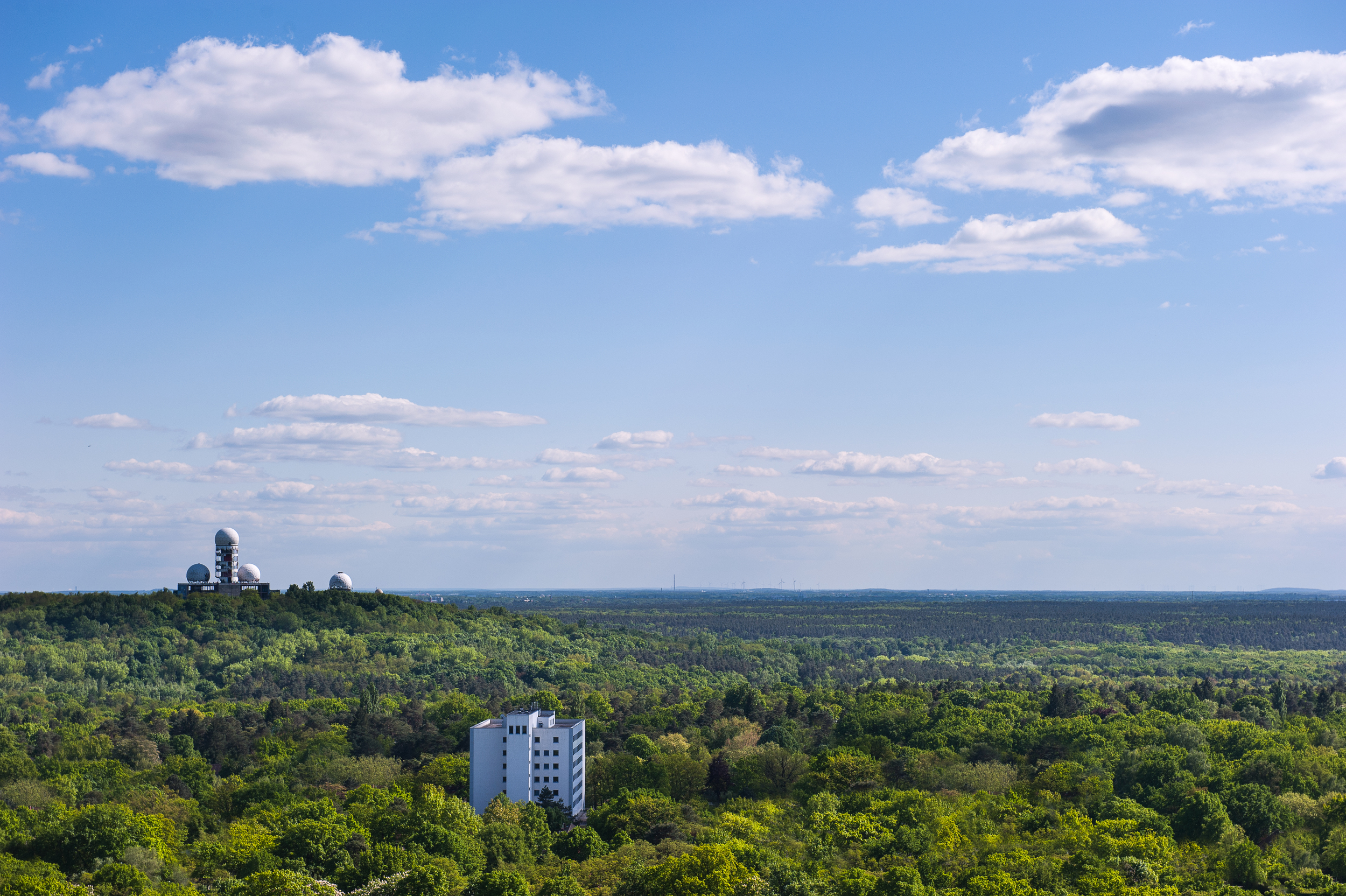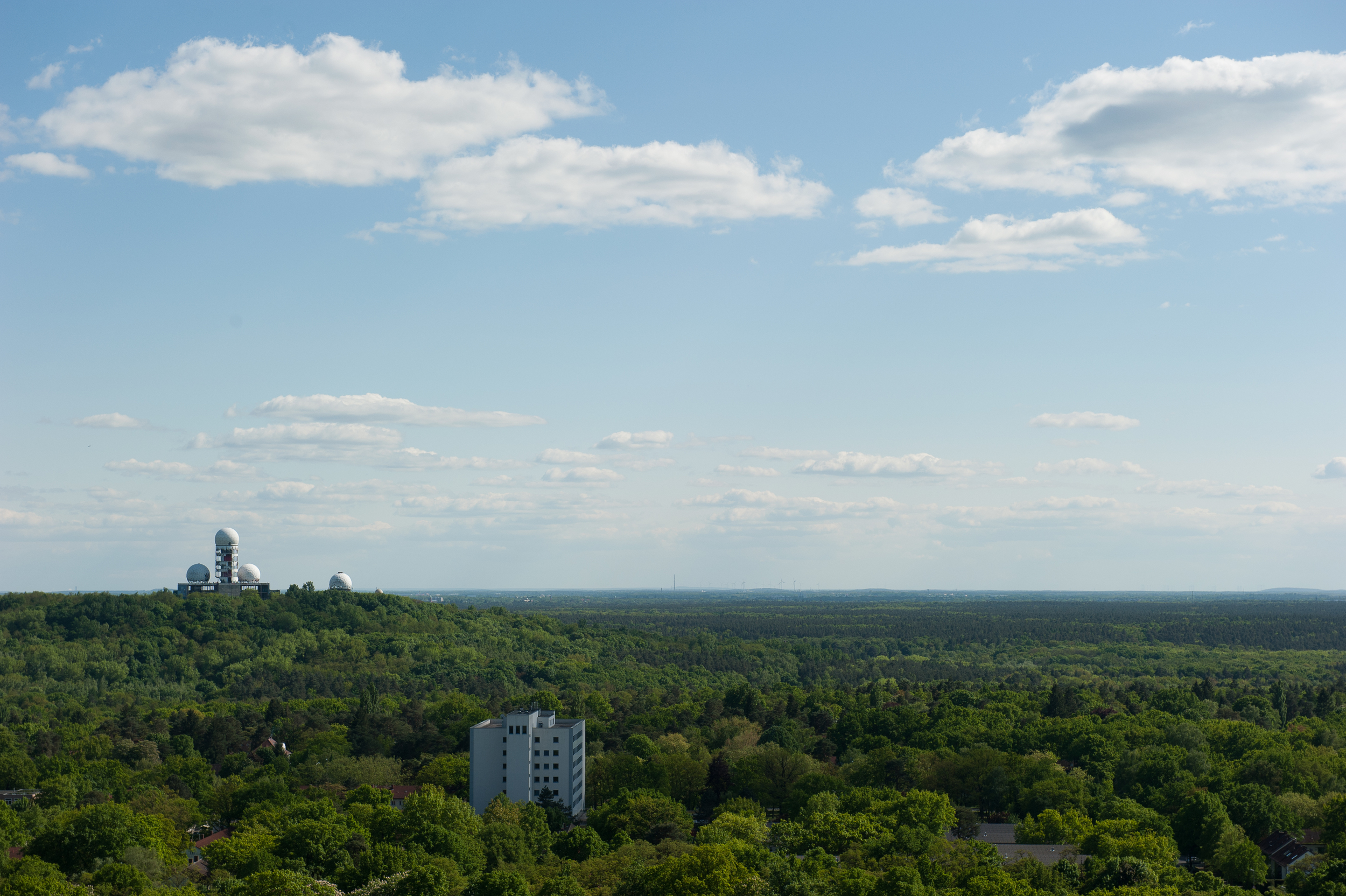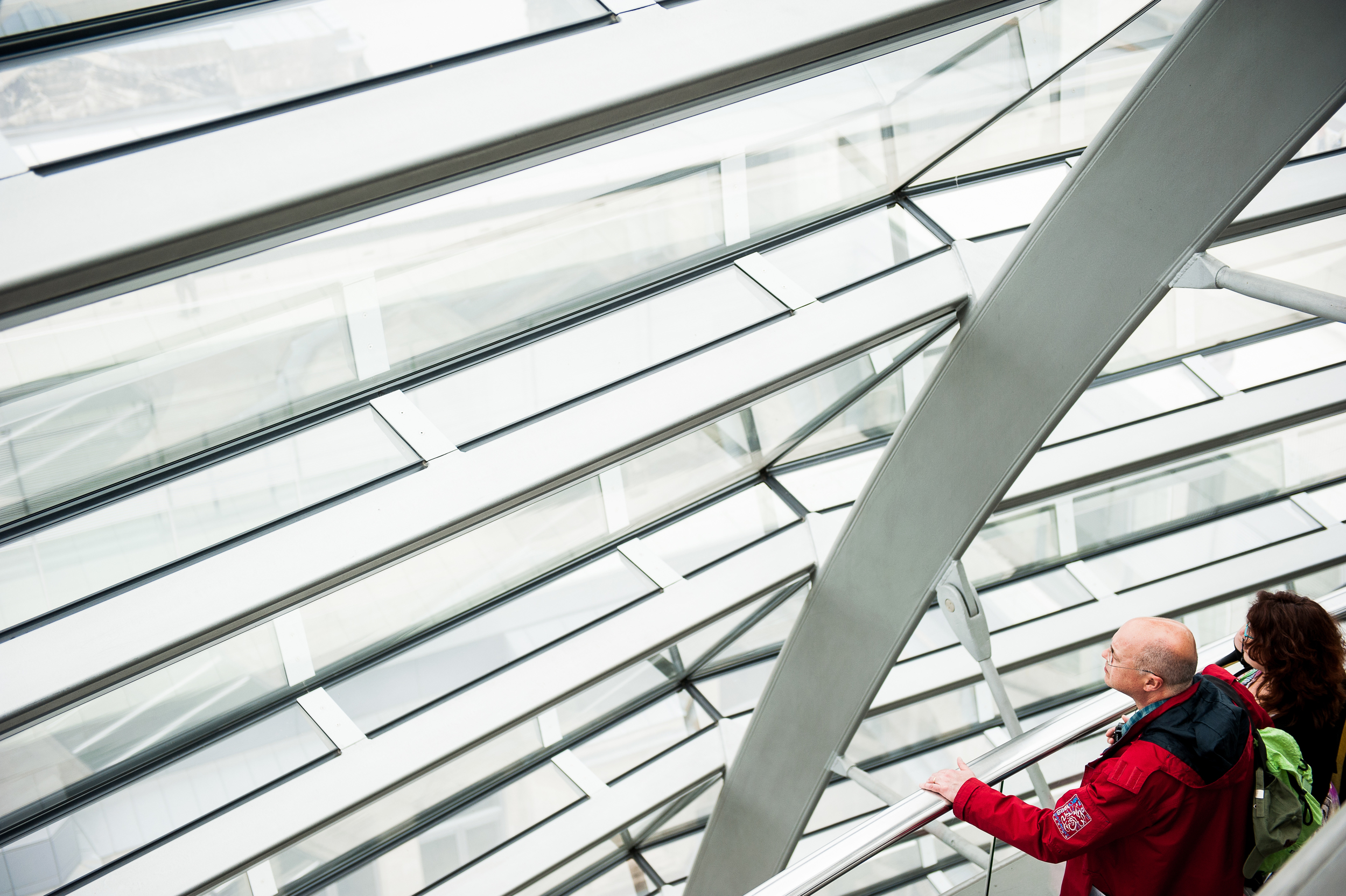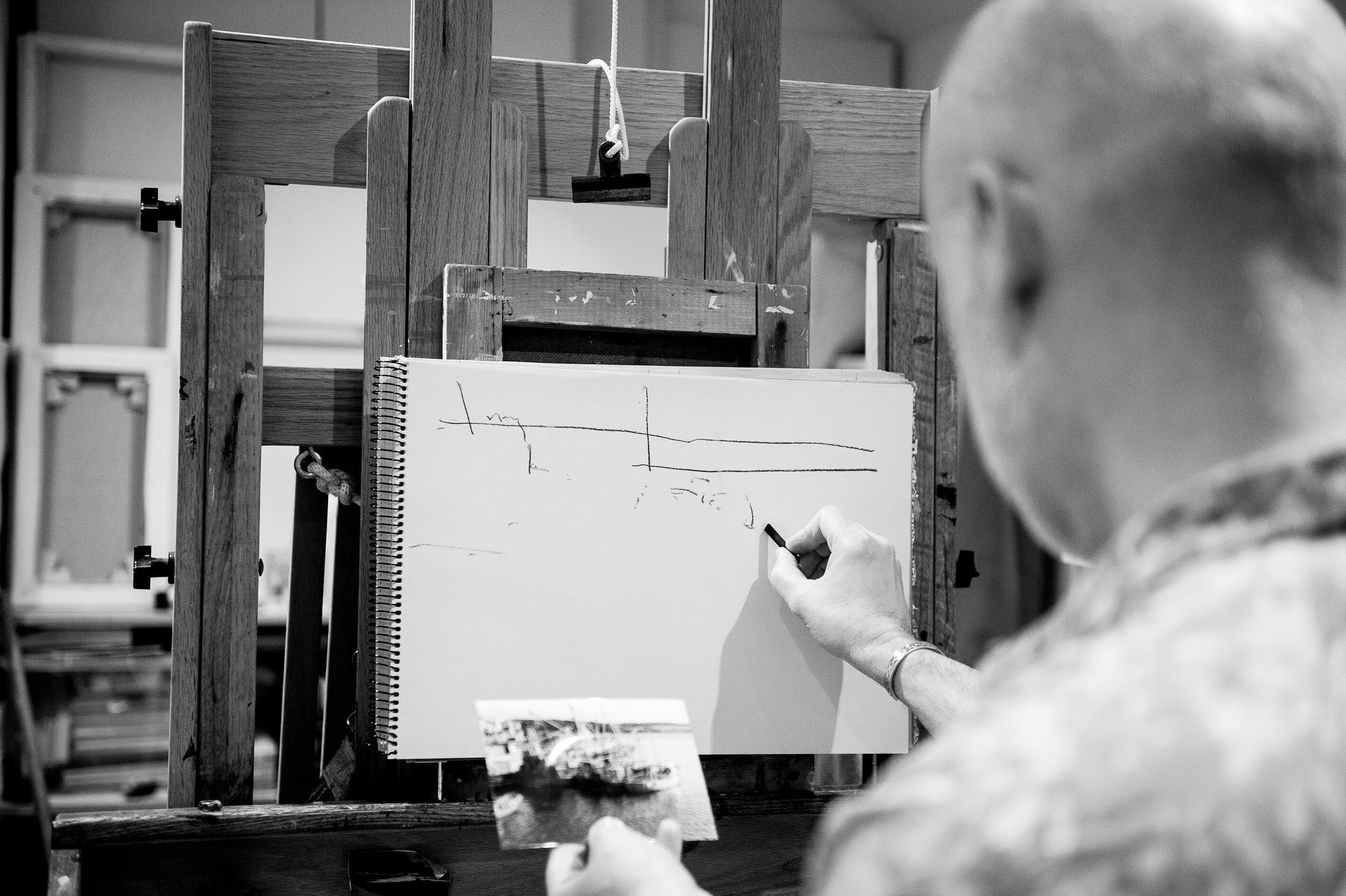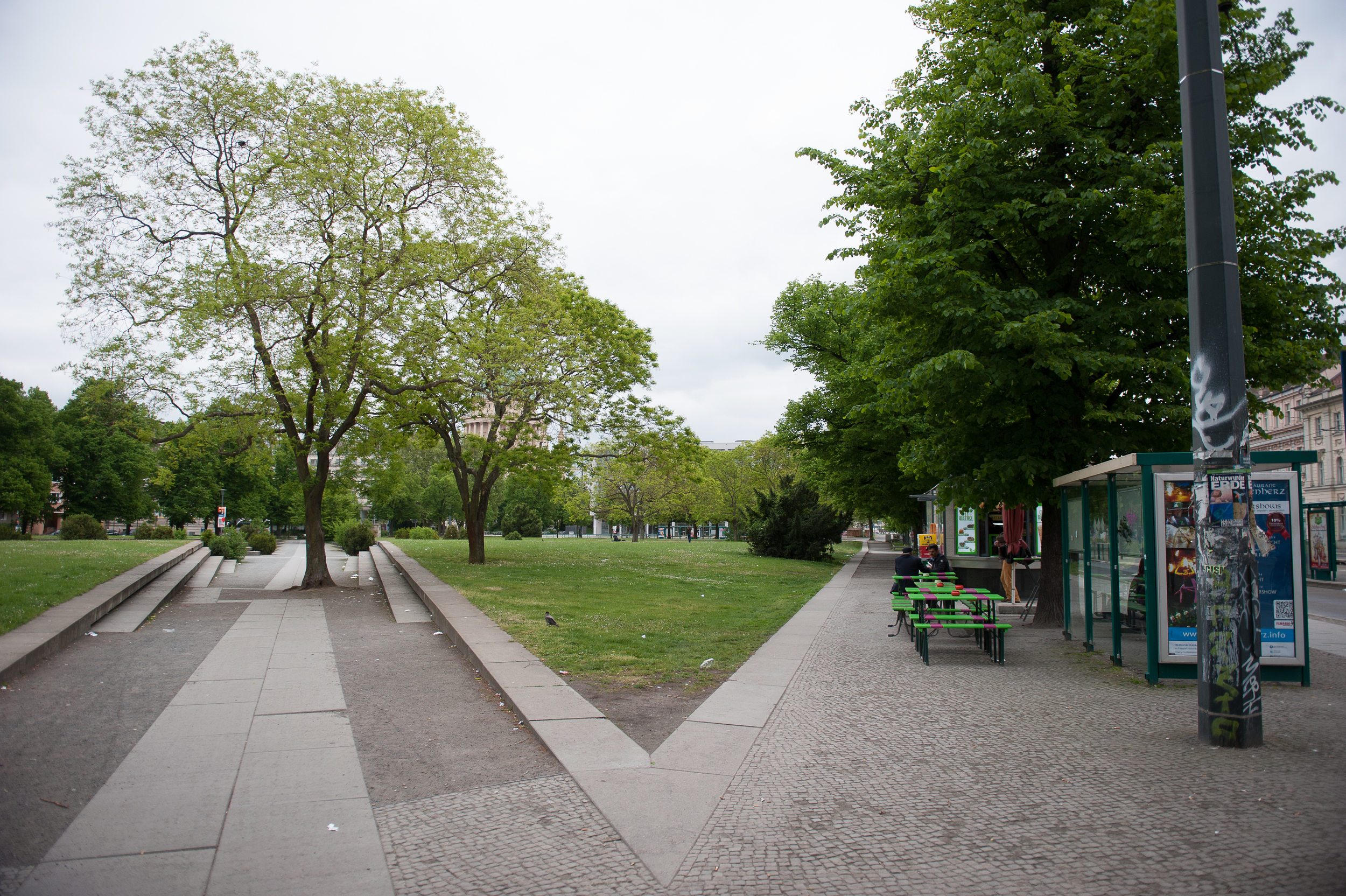Having read through the tutor feedback on my second assignment there are a couple of areas that require reflection. The one comment that really stands out is
“Instead of a technical approach to ‘make the images more interesting’ spend some time thinking about what the images say, the message they impart, not just the technique they demonstrate. Exploring the ideas around the context is also a good way to begin thinking.”
Up until now, my view of photography (excuse the pun) has been all about the aesthetic. When I got my first decent camera my main aim was to take “good photographs” and back then my understanding was that a good photograph is one which is aesthetically pleasing. This understanding informed the photographers in whose work I am interested i.e. David Bailey, Annie Leibowitz, Rankin, Helmut Newton, etc. These photographers produce beautiful photographs of beautiful people wearing (or almost wearing) beautiful clothes. These images are commercial work that they are commissioned to do by magazines or fashion houses.
In most cases, I think Newton might be the exception, these photographers also produce more meaningful work. David Bailey has carried out personal projects in Afghanistan, India, aboriginal Australia, and Papua New Guinea. He creates an almost anthropological record of the different tribes he encounters (the British army in Afghanistan could be considered a tribe). In Rankin’s recent project “alive” he explored the subject of mortality by producing a series portraits of terminally ill people. After the death of Annie Leibowitz’s partner Susan Sontag, she put together a show and a book entitled "Pilgrimage" in which she photographed places that had personal meaning for her.
I attended the degree show at the Glasgow School of Art recently and one of the images that stood out for me was a shot of a small clearing in a wood by a graduate called Kevin Boyd. On initial examination the photograph is well a composed image of a green area which could be seen almost anywhere in the UK but on closer inspection, rusting cans of 528 contact adhesive can be seen in the grass. We are not just looking at a tranquil little clearing, this is an area used for glue sniffing, and this gives the photograph context and meaning. The photograph actually shocked me because I had no idea that people still sniffed glue. I had thought the practice had died out in the early 90s. Kevin also produce some still life photographs using the rusted cans.
The question for me as I progress through the course will be “how do I imbue my images with meaning?”.
The tutor made the following comment “in reference to the photograph below “The online and print images are both over exposed and detail is lost. I also want to know why this is black and white, what is your intent by creating this?” and I believe this is linked to one of her initial comments “You need to discuss the editing decisions you make in more depth, this is to help me understand why you have made the choices you have as you obviously to have good reasons for these decisions.”
Below you can see the original image. There were a couple of factors that had an impact on my editing decisions to produce the final photograph above:-
- In the course material Freeman suggests working in black and white because “Lacking the overlay of colour, this now-specialised medium of photography has the great advantage of focusing the attention on precisely those parts of a picture that concern us here: the graphic elements.”
- In my involvement with camera club competitions I discovered that one of the many things that a photograph can be marked down for is “blown highlights” or “lack of detail in the shadows” and this rather arbitrary ruling just raised my hackles to the point where the curmudgeon in me likes to produce photographs incorporating both of these elements. Pushing the contrast so that the photographs are made up of only black-and-white rather than shades of grey
- As a kid I loved science fiction and comic books. When I was 8 years old a new comic called 2000 A.D. was introduced and it was like nothing else I had seen before. It featured work from people like Alan Moore, Grant Morrison, Neal Gaimen and Mike McMahon to name just a few. These guys were able to create incredible futuristic landscapes and cities using just two colours, black and white. Looking at the inside of the Reichstag dome reminded me of something from “mega city one” I could easily see Judge Dredd sitting on his Lawmaster motorcycle in the middle of the room dispensing justice from his Lawgiver pistol.
To achieve the look on the final Image I used Adobe lightroom to
- Crop the image to remove the two heads at the bottom
- Desaturate the image to monochrome
- Emphasise the highlights
- Intensify the blacks
- Increase the contrast
- Sharpen
On the whole I feel the feedback was positive and reinforces my belief that I am showing improvement as I progress through the module. I will endeavor to follow of the tutors suggestion that I get over my fashion photographer fetish and widen the scope of photographers work I look at.



